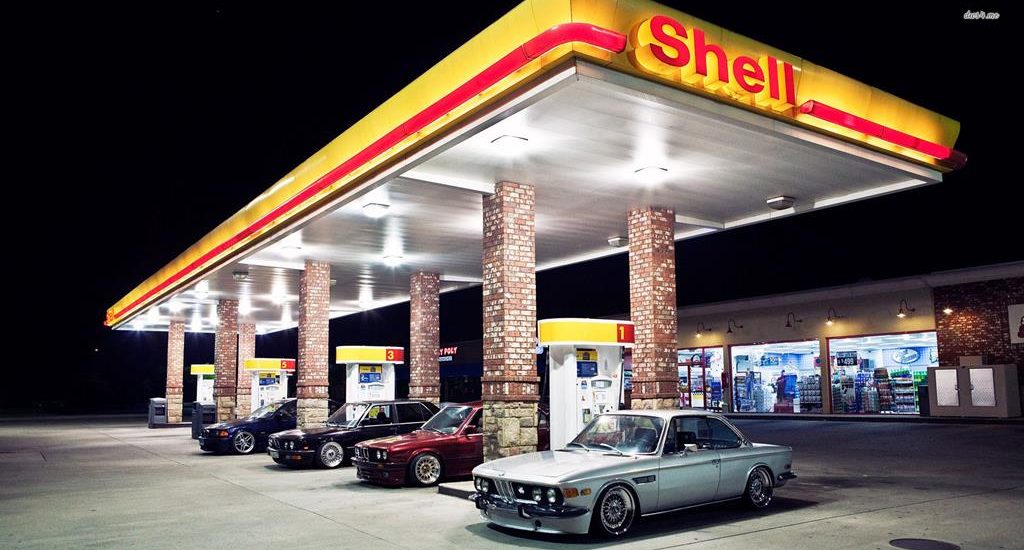Having a car makes your life comfortable. A fancy car is a matter of prestige. However, you need enough money to drive a fast car. A car requires fuel and sometimes fuel consumption rate is one of the key points that influences your choice. Drivers all over the world face a steady growth of petrol prices.
How to choose a car with moderate fuel consumption? What cars are considered to be the most fuel-hungry? Let’s discuss this subject.
Nissan Almera with mechanical transmission, 1.6-litre engine and 102 horsepower under the hood, consumes about 5.8 litres of fuel per 100 km. In urban driving situations, this sedan with 4-speed automatic transmission will consume twice as much — 11.9 litres per 100 km.

Engine: 1.6L, 102 HP
Fuel consumption: 5.8 L/100 km highway, 11.9 L/100 km urban
Toyota Camry with its 249 horsepower V6 engine requires no less than 13.2 litres of petrol per 100 km in the city. On the other hand, Toyota Camry with its 150 horsepower V2 engine consumes about 5.6 litres on highways, and about 10 litres in the city.
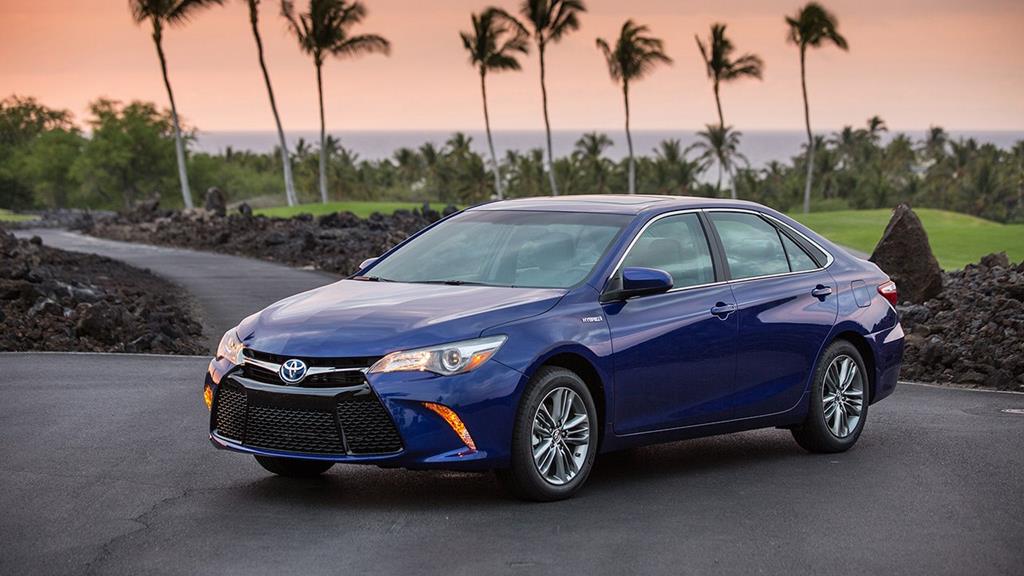
Fuel consumption: 13.2 L/100 km urban
Lower-powered variants consume significantly less
Plymouth Barracuda had a classic multilitre V8 engine with low engine power according to modern standards. On average, it consumes more than 20 litres. However, versions with multiple carburetors and volume of more than 7 litres could consume 40 litres per 100 km.
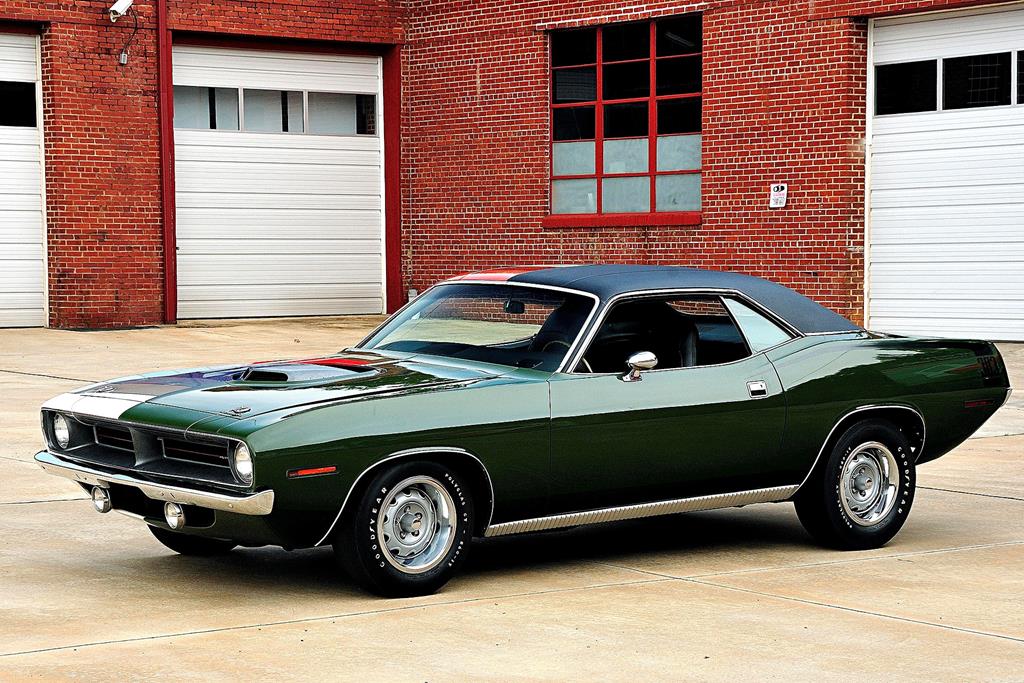
Engine: V8
Fuel consumption: 20 L/100 km average, up to 40 L/100 km with multiple carburetors
Under the stadium-like hood of Oldsmobile Toronado one could see a 7.5-litre V8 engine which consumed no less than 47 litres of fuel per 100 km. This figure shocked the government, and 1977 saw a ban of its production.
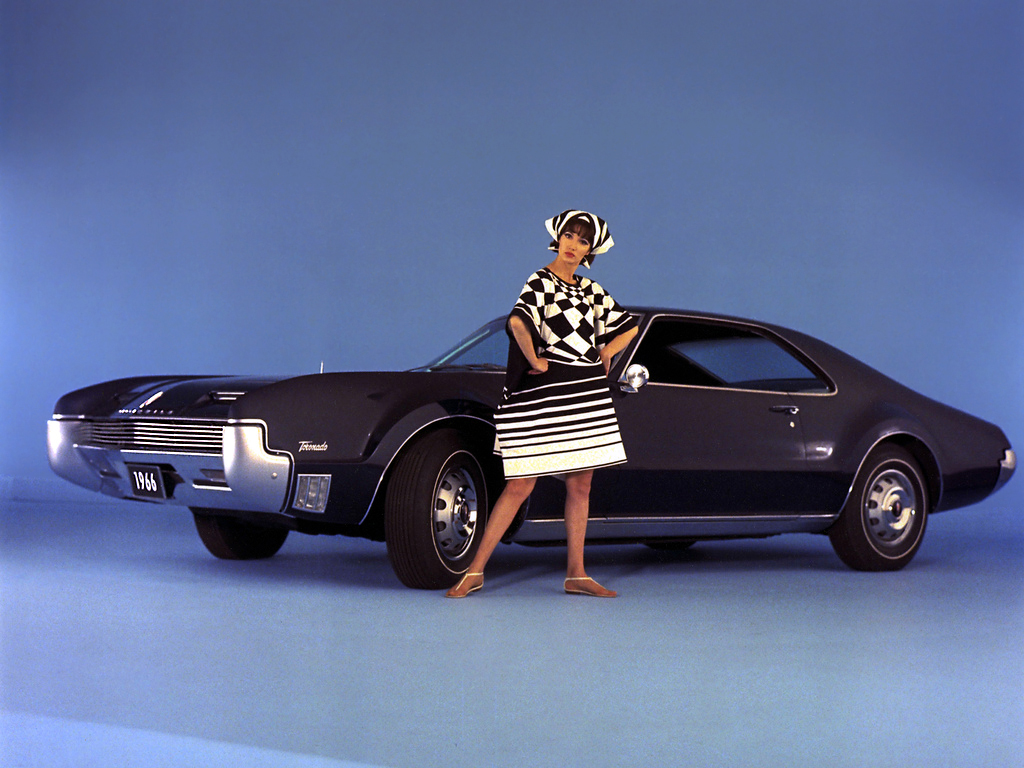
Engine: 7.5L V8
Fuel consumption: 47 L/100 km (ceased production due to fuel inefficiency)
Four-wheel drive vehicles and fuel consumption rates
Four-wheel drive cars — perfect for any road conditions — have always been fuel-hungry. For instance, Hummer H2 was fitted with 6.0 and 6.2-liter V8 engine and consumed 28 litres per 100 km. A tank of fuel will last for 400 km. Quite humble, however, right for the car! If you travel a lot, the cost of the fuel spent within a year will become even of the cost of a new reasonably priced car. However, if not to accelerate a lot, you can get 17 litres per 100 km which isn’t that much if compared with other competitors. Chevrolet Tahoe/Cadillac Escalade were fitted with the same engine version as Hummer. However, their air drag coefficient has shown better results — only 21 litres per 100 km.

Engine: 6.0L and 6.2L V8
Fuel consumption: 28 L/100 km (average)
Moderate driving can reduce consumption to around 17 L/100 km
Lincoln Navigator Ultimate and Ford Expedition EL, two Hummer-related models, were fitted with no less big bodies and 5.4-litre V8 engines. An average consumption rate is 22 litres per 100 km. That’s pretty cost-efficient according to American standards.
Another fuel-hungry model is Toyota Land Cruiser. A petrol version with 5.7-litre V8 engine consumes more than 20 litres per 100 km at an average. The only comfort here is that Japanese engines are more flexible when it comes to the type of fuel you are using.
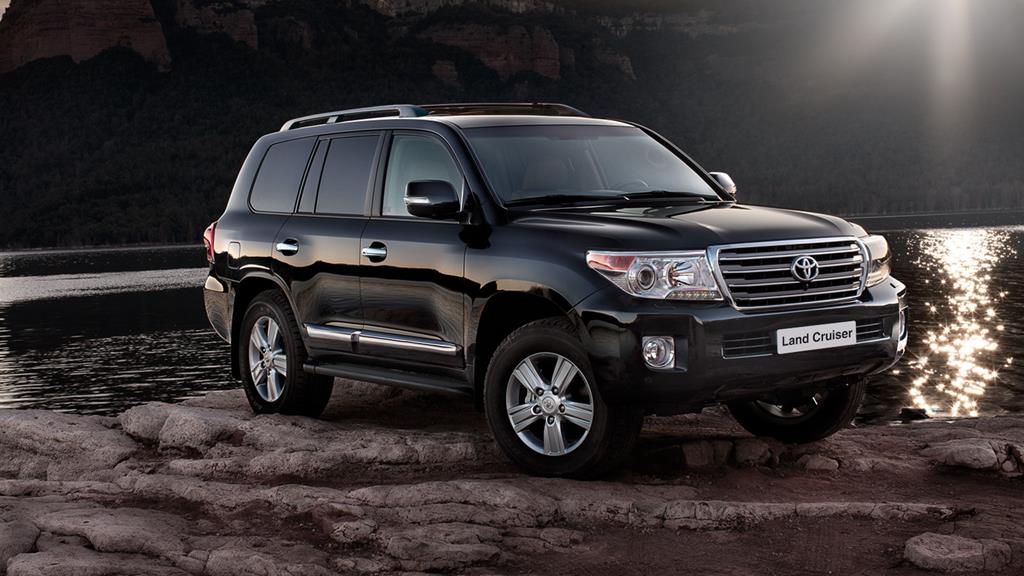
Engine: 5.7L V8
Fuel consumption: Over 20 L/100 km
Mercedes Geländewagen is another fuel-hungry four-wheel drive car. In combined cycle, this car consumes 22 litres per 100 km just like V8, V12 modifications. However, this refers to customized AMG versions. It is said that normal diesel engines consume less and moreover, they really do exist. Guess, by mistake.
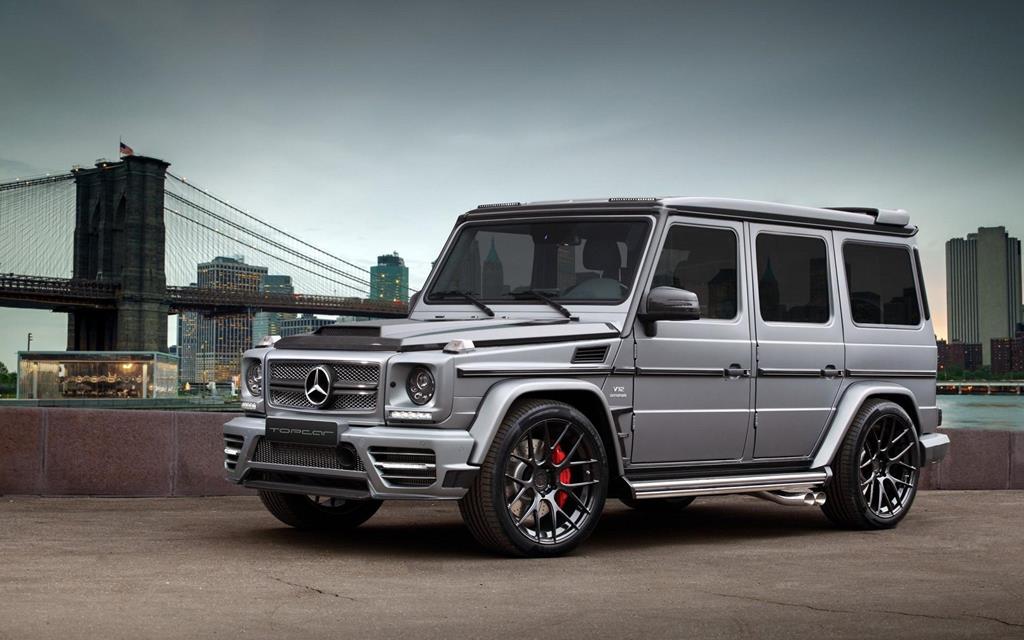
Fuel consumption: 22 L/100 km (combined cycle)
Range Rover, no matter whether it is an aristocrat with a long body or a hardcore sports car, consumes 12.8 litres of 95 octane unleaded petrol per 100 km. Fuel consumption will quickly rise to 18 litres for the urban cycle according to the specification only.
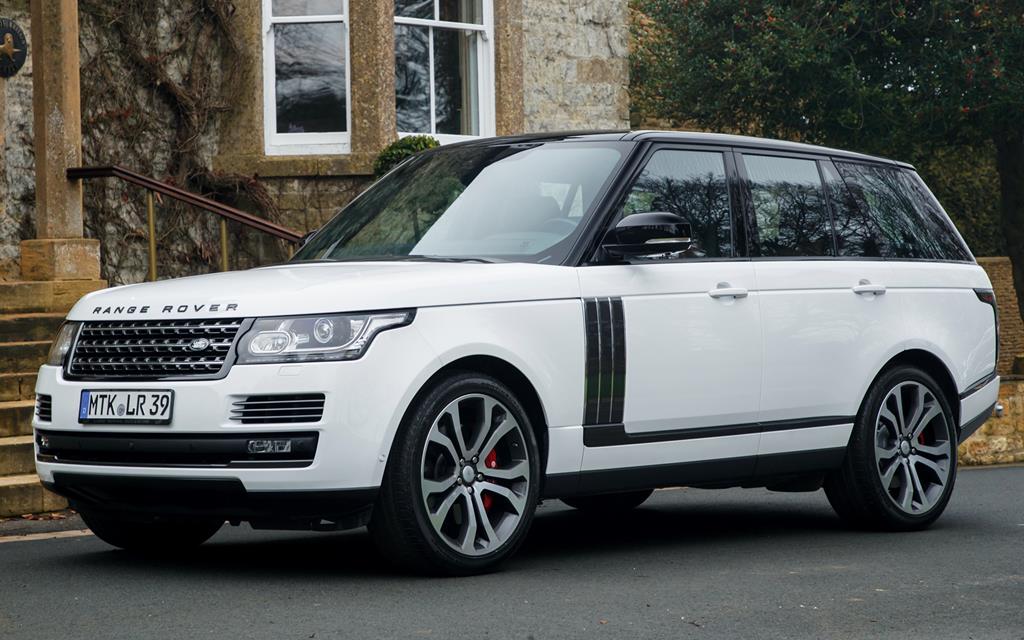
Fuel consumption: 12.8 L/100 km (average), up to 18 L/100 km urban
Jeep Grand Cherokee SRT8 requires 14 litres of 95 octane unleaded petrol in combined cycle. However, in the city, fuel consumption figure reaches 20.7 litres per 100 km. Under these conditions, 93.5 litres that a fuel tank can contain is only for breakfast. This American is sure that petrol is only a means to achieve the desired speed, adrenaline and dopamine blood concentration.
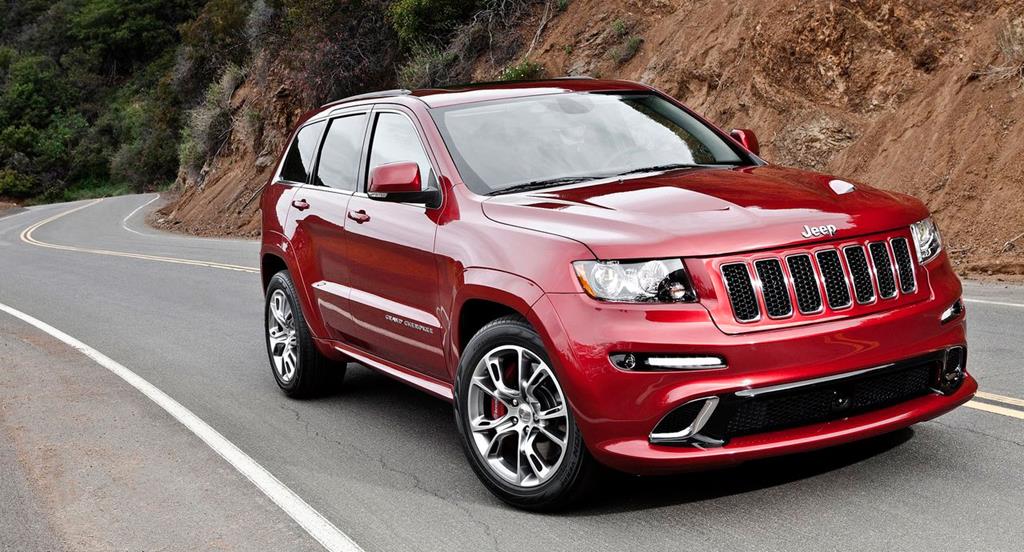
Fuel consumption: 14 L/100 km (average), 20.7 L/100 km urban
Lexus LX 570, fitted with a 5.7-litre 3UR-FE V8 engine, boasts its impressive 367 horsepower under the hood, torque of 530 Nm, luxury vehicle system along with its polished exterior. However, it has a weak spot — fuel consumption rate. In combined cycle, Lexus LX 570 consumes 14.4 litres per 100 km. In the city, fuel consumption rate reaches 20.2 litres per 100 km.
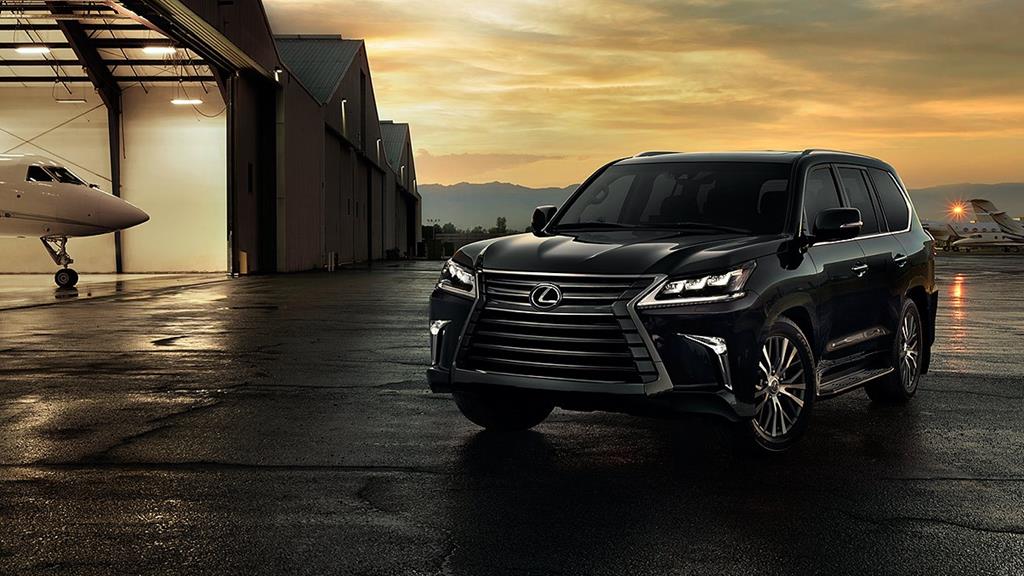
Engine: 5.7L V8
Fuel consumption: 14.4 L/100 km (average), 20.2 L/100 km urban
Mercedes-Benz G 65 AMG was designed as an army transport. Twelve cylinders and 630 horsepower in one V-engine — that’s too much for a four-wheel drive car and too little for a vehicle weighing 3.2 tons. The stated fuel consumption figure of 17 litres per 100 km in a combined cycle may tend to significantly deviate in urban driving situations.
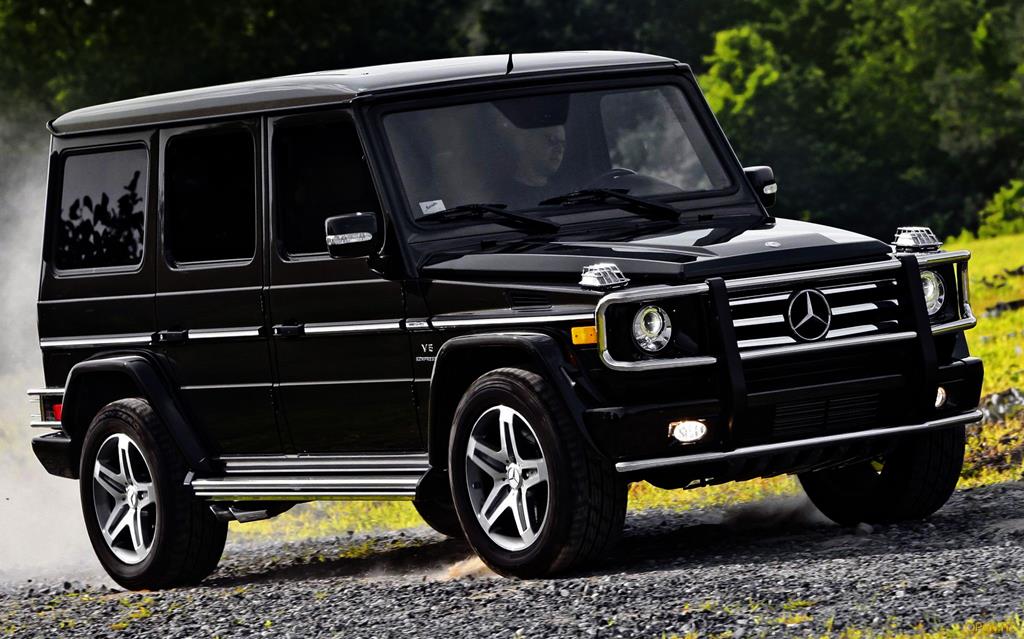
Engine: V12, 630 HP
Fuel consumption: 17 L/100 km (average, significantly higher in urban areas)
UAZ Patriot, a four-wheel drive vehicle made in Ulyanovsk, with a 2.7-litre engine and 134.6 horsepower under the hood consumes no less than 11.5 litres of petrol when driving on a highway. The company withholds data on fuel consumption in urban driving situations. However, based on the owner’s feedback, in the city, UAZ Patriot consumes no less than 15 litres per 100 km.
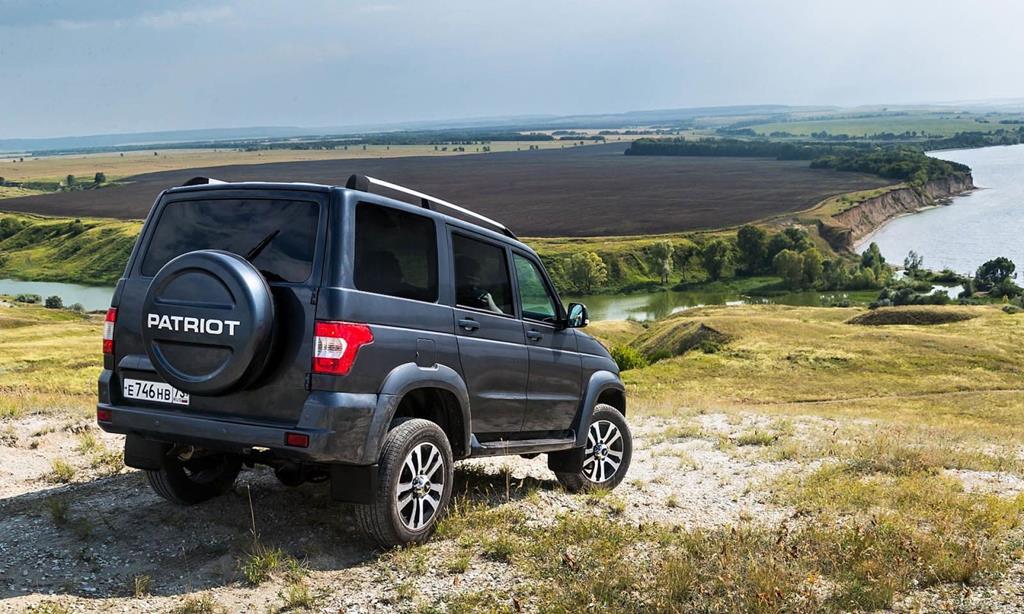
Engine: 2.7L, 134.6 HP
Fuel consumption: 11.5 L/100 km highway, around 15 L/100 km urban
Chevrolet Niva is available only with a 1.7-litre engine that generates 80 horsepower. In urban driving conditions, Chevrolet Niva consumes 13.2 litres per 100 km. In slow paced highway driving conditions, it consumes 8.4 litres per 100 km.
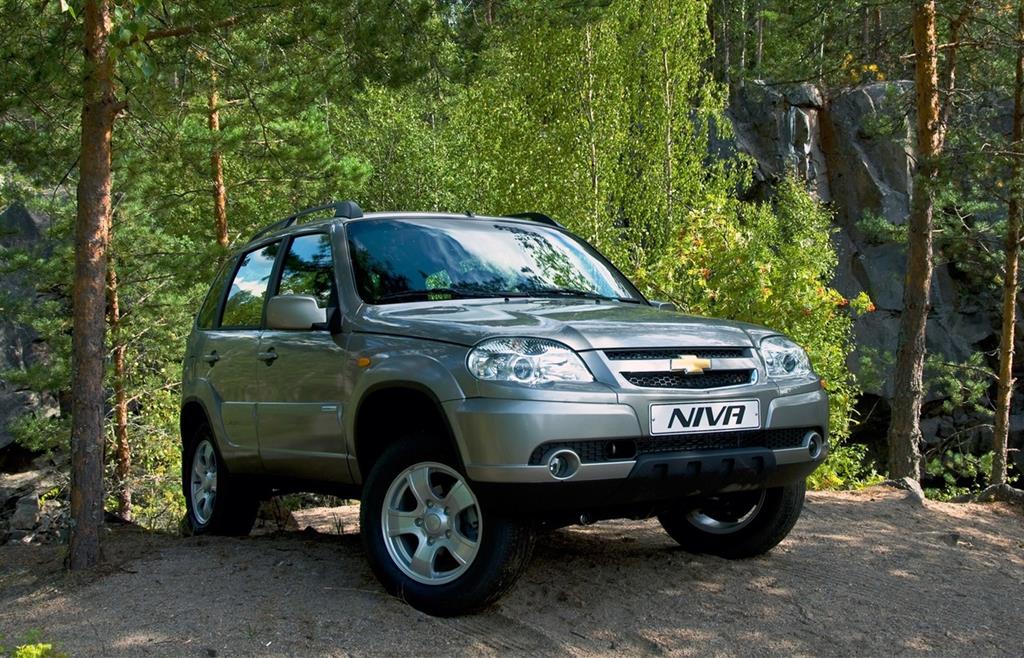
Engine: 1.7L, 80 HP
Fuel consumption: 8.4 L/100 km highway, 13.2 L/100 km urban
Infiniti QX80 is a unique combination of Japanese and American features. Its engine has no forced induction. The working capacity of the engine exceeds 1.2 gallons while its size strikes with awe, even by American standards. However, it bears a Japanese name and looks like a real Japanese. Its fuel consumption is as great as radiation background of Fukushima. In a combined cycle, it consumes 14.5 litres of fuel per 100 km. In urban driving conditions, Infiniti QX80 consumes no less than 20.6 litres of fuel per 100 km.
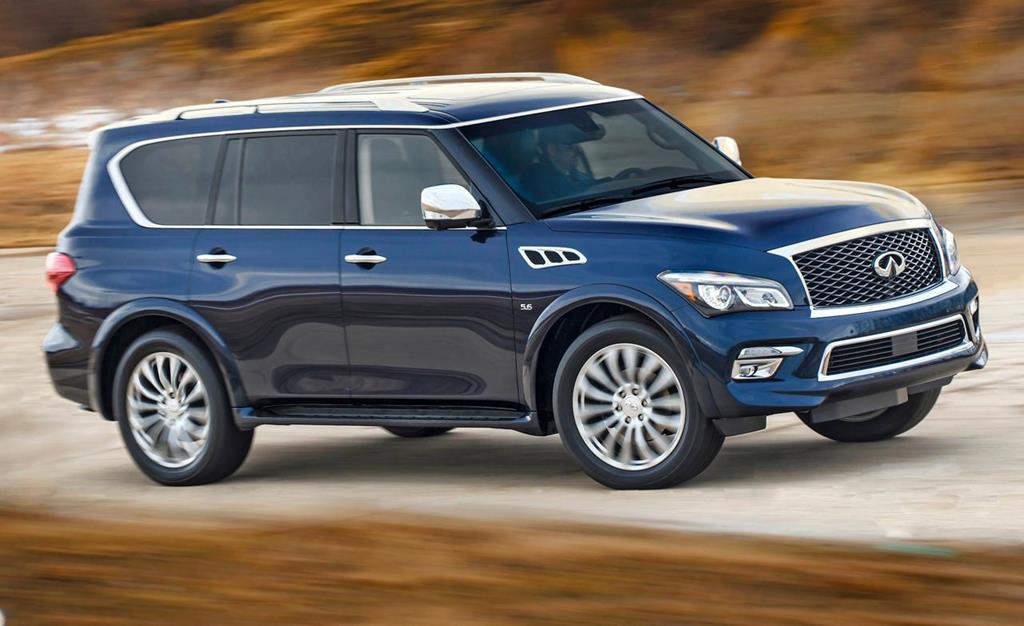
Engine: large displacement V8
Fuel consumption: 14.5 L/100 km average, 20.6 L/100 km urban
Minivans and fuel consumption rates
Ford E350 Club Wagon is a first-class minivan. Consider: 6 m long, 2 m wide and 2 m high with a 6.8-litre V10 engine. Average fuel consumption is 26 litres per 100 km and that means that petrol cans will take the greater part of your trunk.
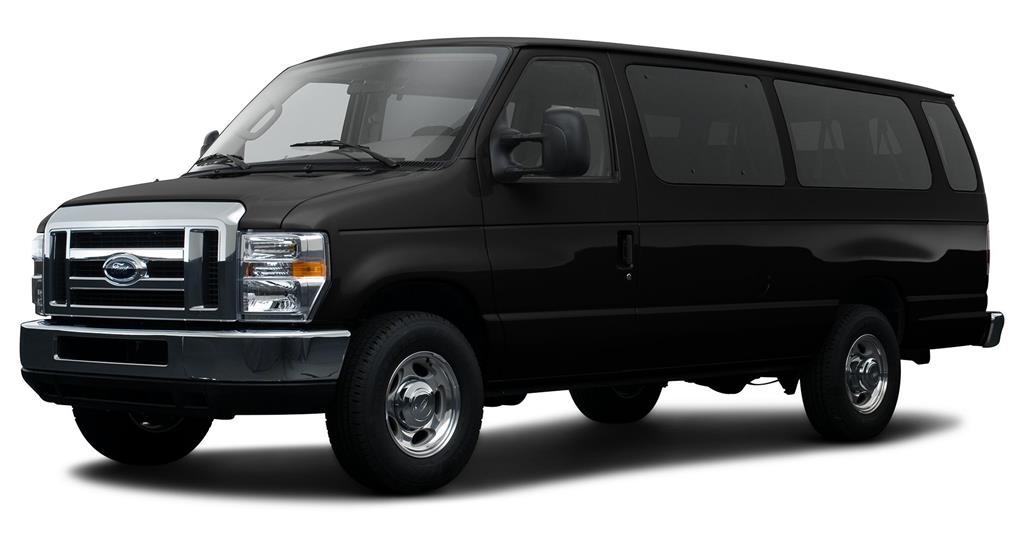
Engine: 6.8L V10
Fuel consumption: 26 L/100 km
Chrysler Town & Country Touring-L is a small van, even by our standards, and on the highway, it consumes 17 litres of fuel per 100 km.
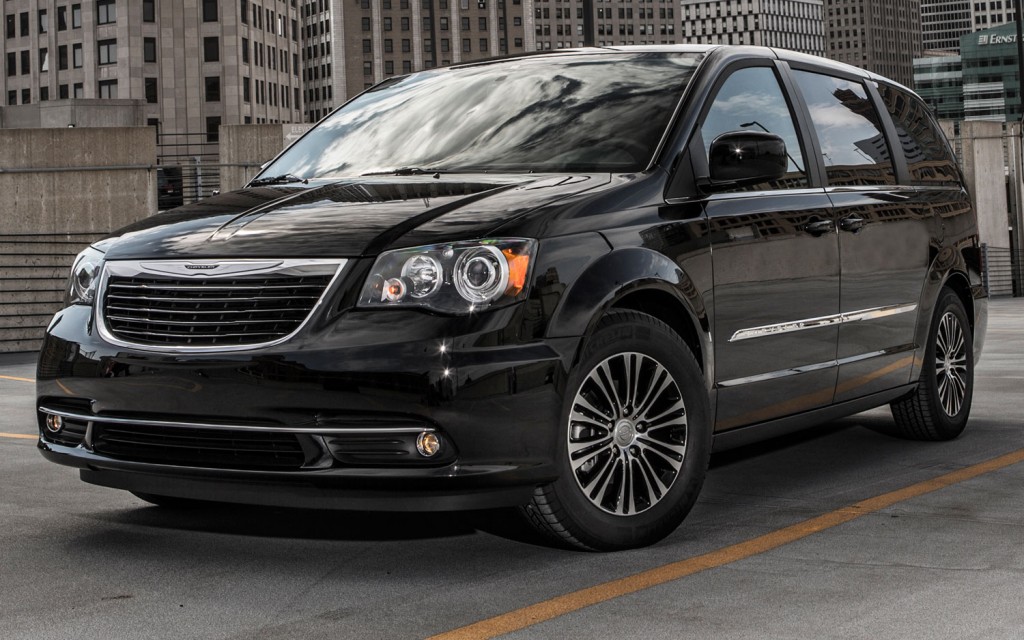
Fuel consumption: 17 L/100 km highway
Luxury cars and their fuel consumption rates
Bentley Brooklands/Azure/Arnage RL were fitted with a classic 6.75-litre V8 engine. Remarkably, at first, Arnage RL engine version did not fit in standard consumption rate. However, after a while, Bentley Brooklands/Azure/Arnage didn’t become more fuel-efficient. According to various sources, average fuel consumption of these cars is 27 litres per 100 km.
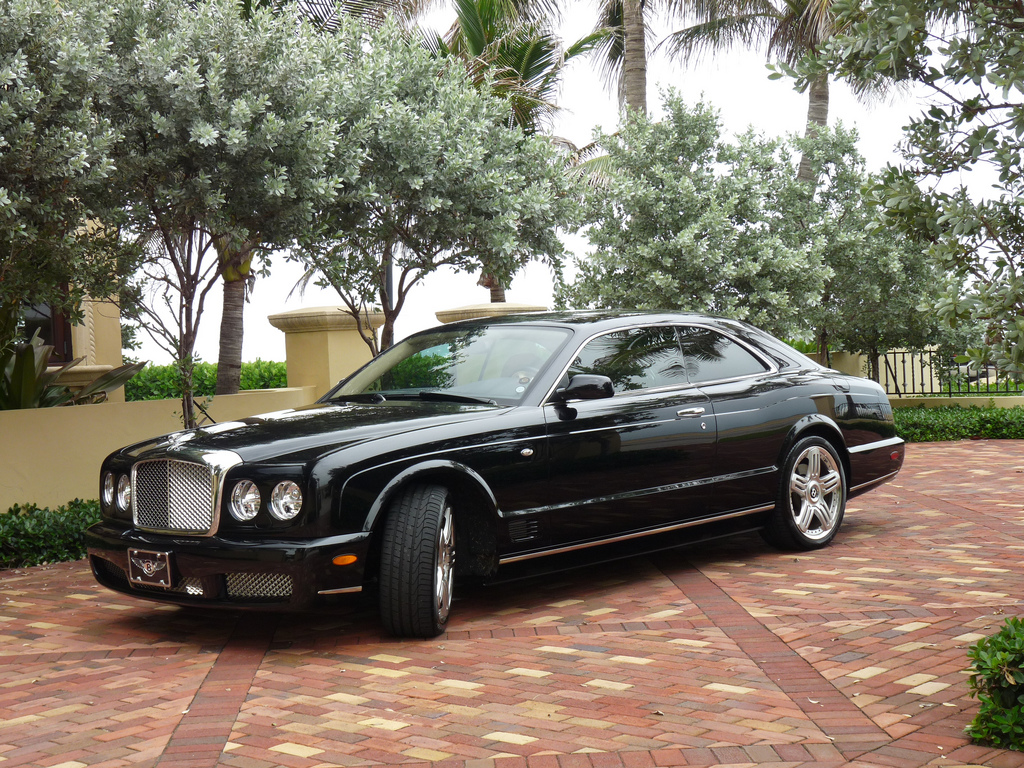
Engine: 6.75L V8
Fuel consumption: 27 L/100 km (average)
By the way, Bentley Bentayga consumes 13.1 litres in a combined cycle and 9 litres per 100 km in urban driving conditions. Bentley Continental Flying Spur consumes 14.4 and 22.1 litres respectively. Bentley Mulsanne consumes 15 and 23.4 litres while Bentley Continental Supersports consumes 15.7 and 24.3 litres respectively.
Maybach 57 is a luxury rhino-like vehicle fitted with a 6-litre V12 engine that consumes 1 litre per 5.7 km on a highway.
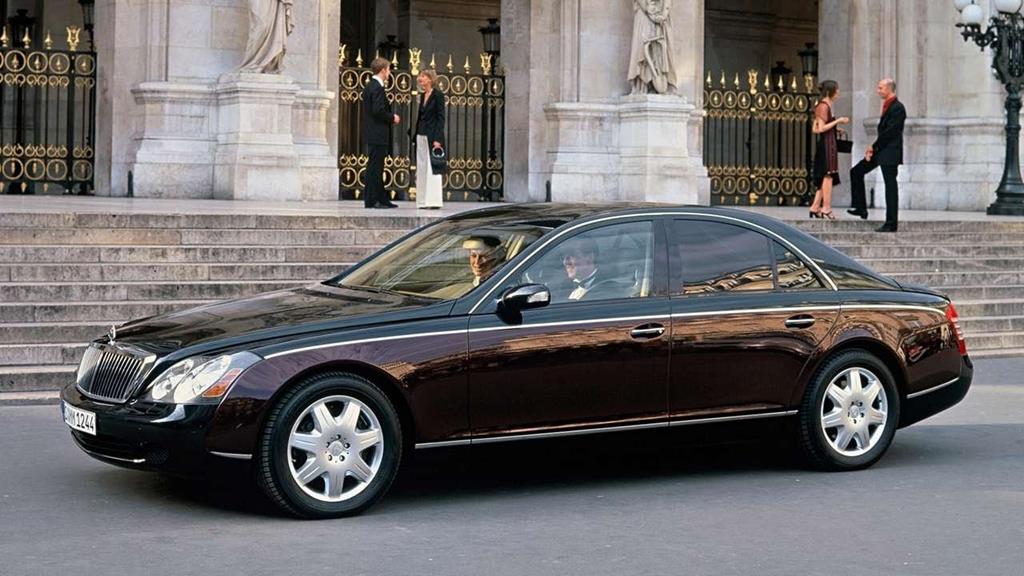
Engine: 6L V12
Fuel consumption: Approximately 17.5 L/100 km highway
Bentley Meteor is officially recognized as “the most fuel-hungry” vehicle in the world. To go 100 km, it requires 117 litres of fuel. In the meantime, this car will be consuming 57 litres of engine oil, 6 litres of transmission oil, and 64 litres of cooling liquid.
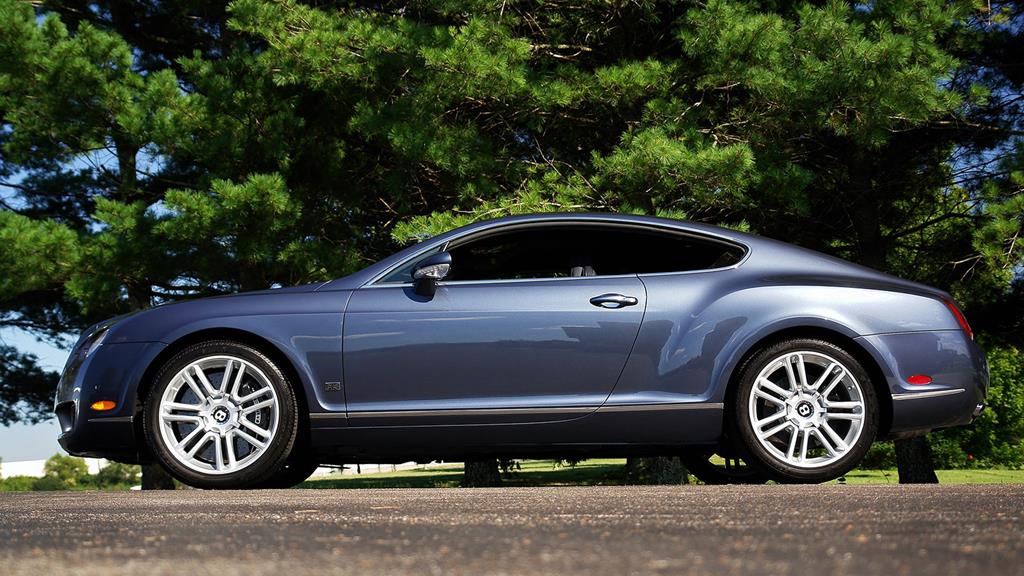
Engine: 27L V12 Rolls-Royce Meteor
Fuel consumption: 117 L/100 km (plus high oil and coolant consumption)
It’s all about a V12 aero engine of Rolls-Royce Meteor containing 27 litres which serves as a “heart” of this car. Once several such mechanisms had been installed on WWII fighters. It was way back when production automation has only started to appear at the factories. Given that fact, an impressive power of the vehicle does not seem surprising.
Sports cars and their fuel consumption rates
Ferrari 612 Scaglietti has never been set to be fuel-efficient. This car consumes 30 litres per 100 km and is fitted with 5.7-litre engine that generates 533 horsepower. This engine will make you lose 1 litre of fuel per 3.2 km in urban driving conditions, and on highways, it will start consuming 1 litre less in 5.3 km.
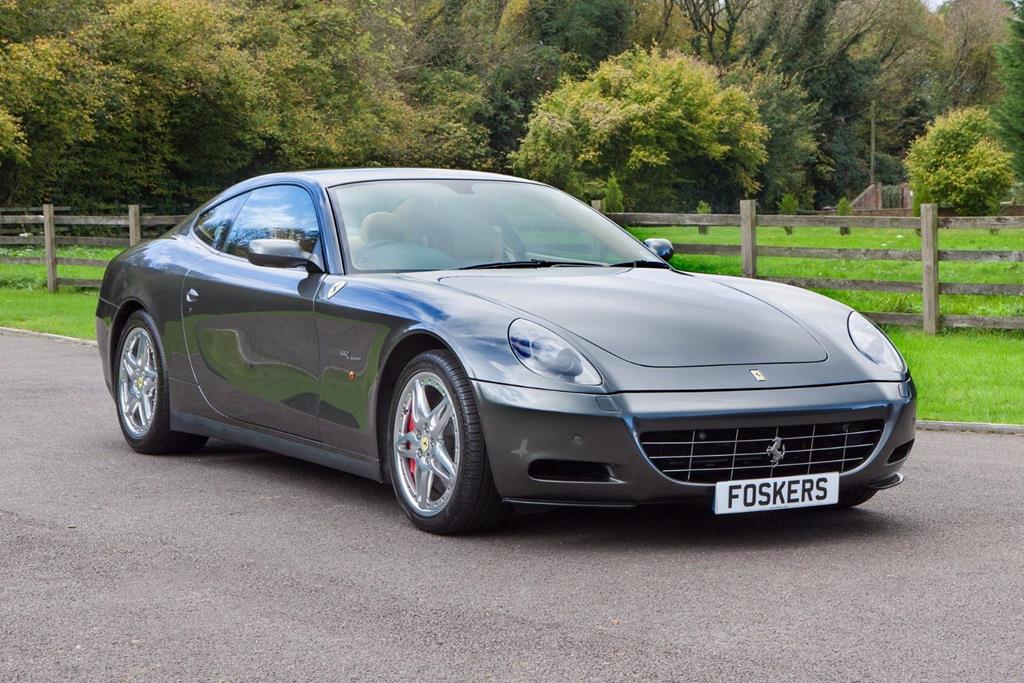
Engine: 5.7L, 533 HP
Fuel consumption: 30 L/100 km average, significantly higher urban
Lamborghini Murcielago consumes 30 litres per 100 km. This pure Italian has taken the first prize for its insatiable appetite. Average fuel consumption in urban driving conditions is 1 litre per 2.8 km. On highways, it consumes 1 litre per 4.6 km.
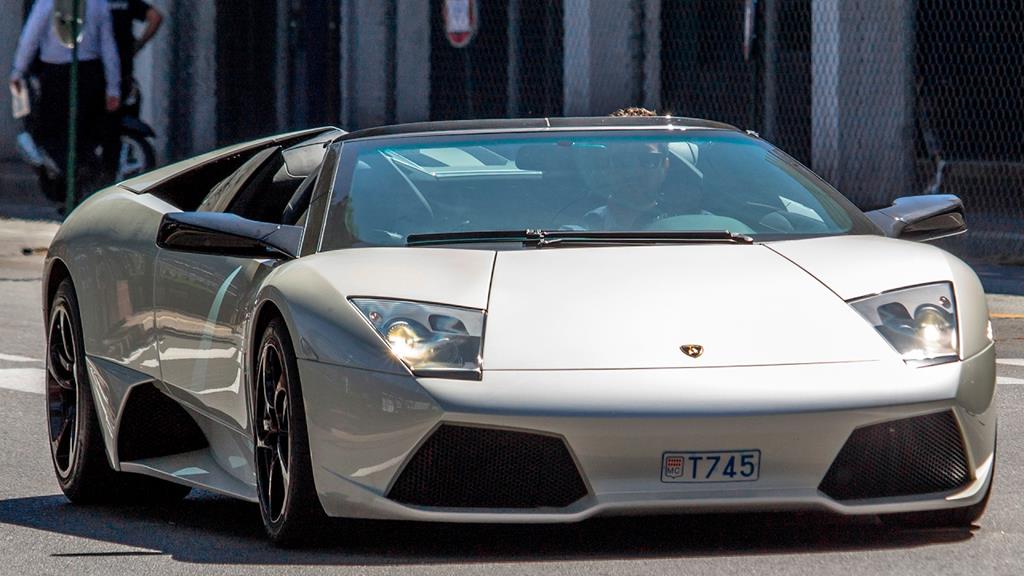
Fuel consumption: 30 L/100 km average, higher in urban settings
Bugatti Veyron consumes only 35 litres per 100 km. However, this is no match for the cost of the car. Thus, no need to worry about fuel consumption. 8-litre W16 power plant installed under the hood of Bugatti Veyron consumes 1 litre per 2.8 km in the city and 1 litre per 4.9 km on the highway.
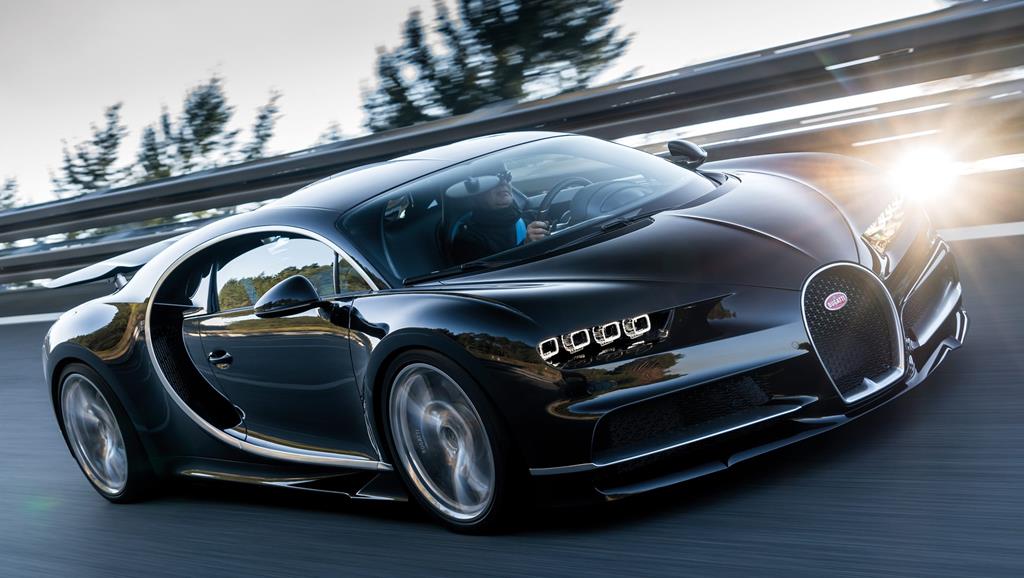
Engine: 8L W16
Fuel consumption: 35 L/100 km average, higher urban
Thus, keep in mind that a car isn’t just a toy that brings you joy, however, you need some food to keep it going. If you are okay with high fuel consumption rates, don’t waste your time and buy a car of your dreams!

Published July 02, 2018 • 18m to read

